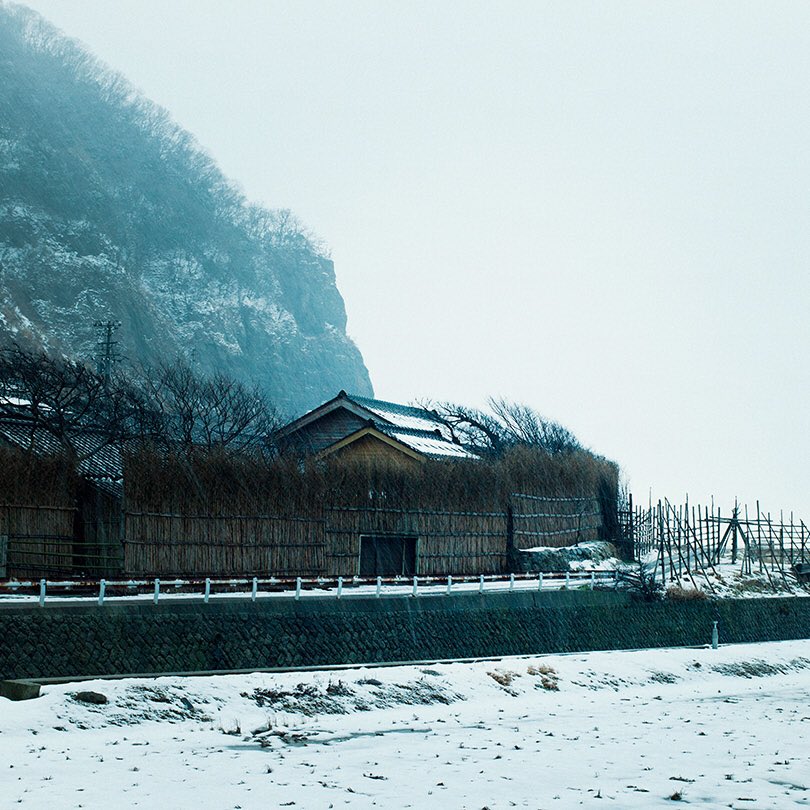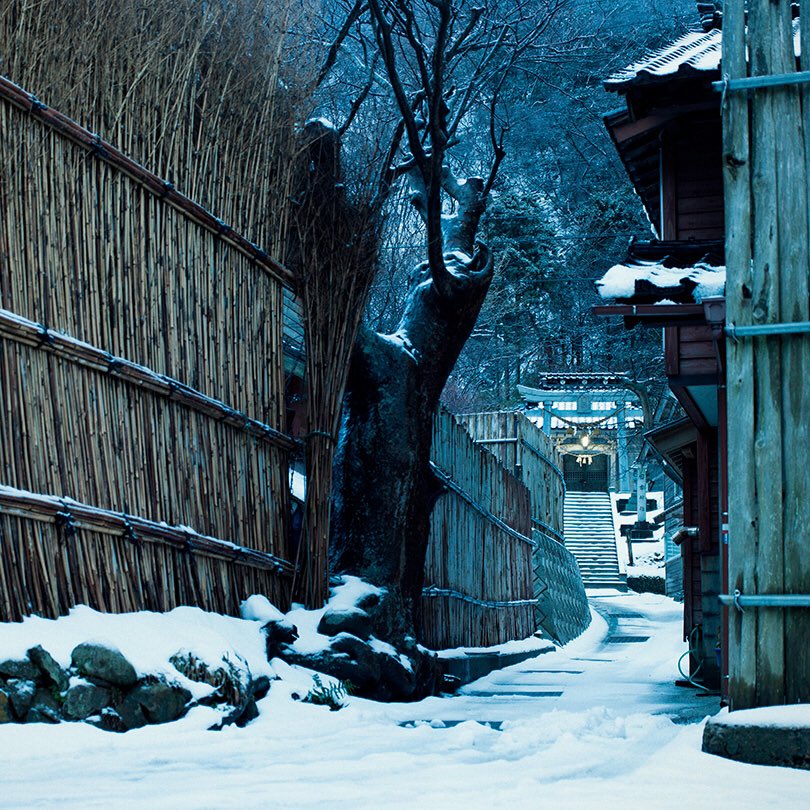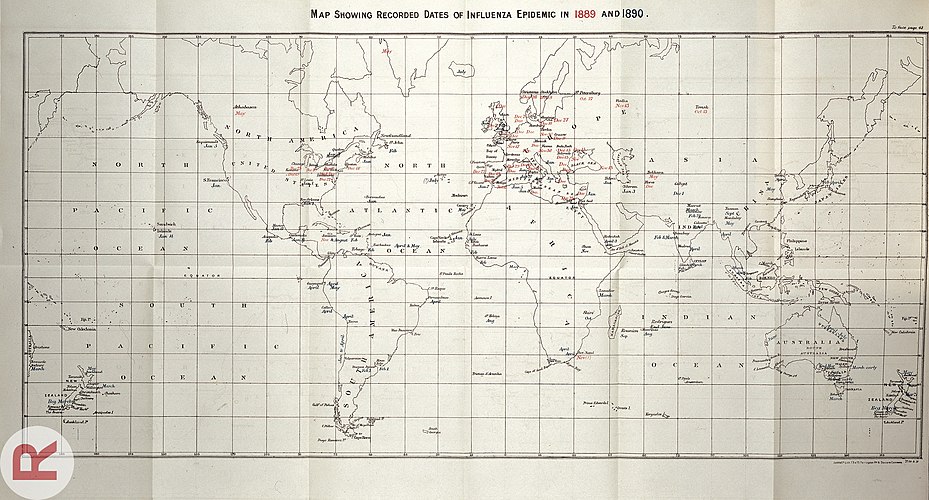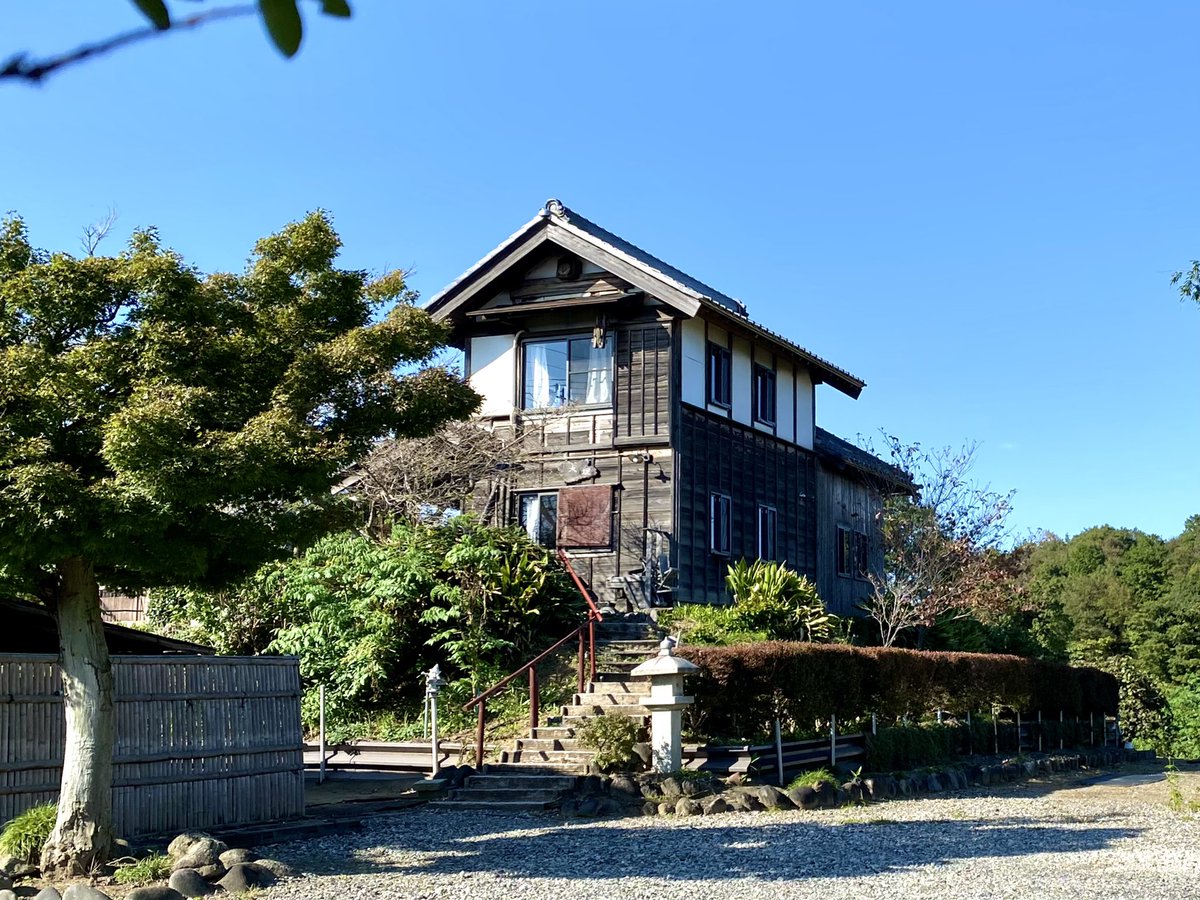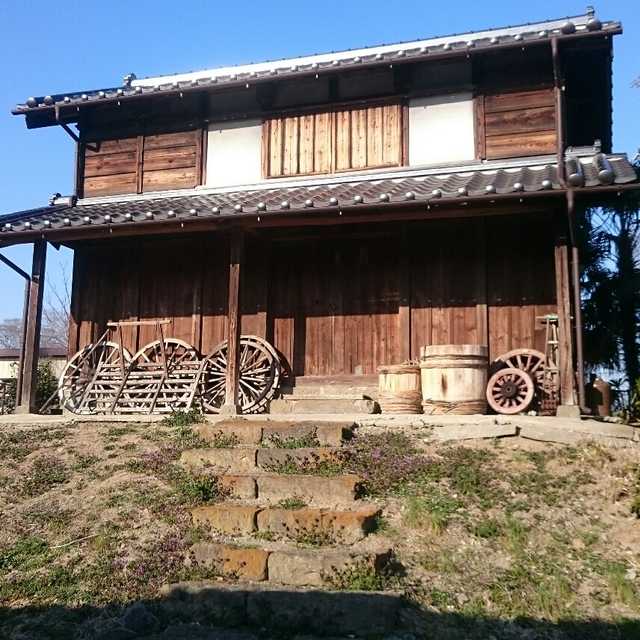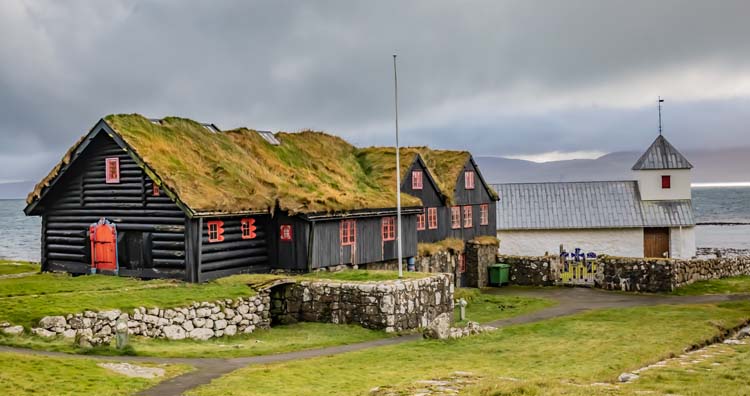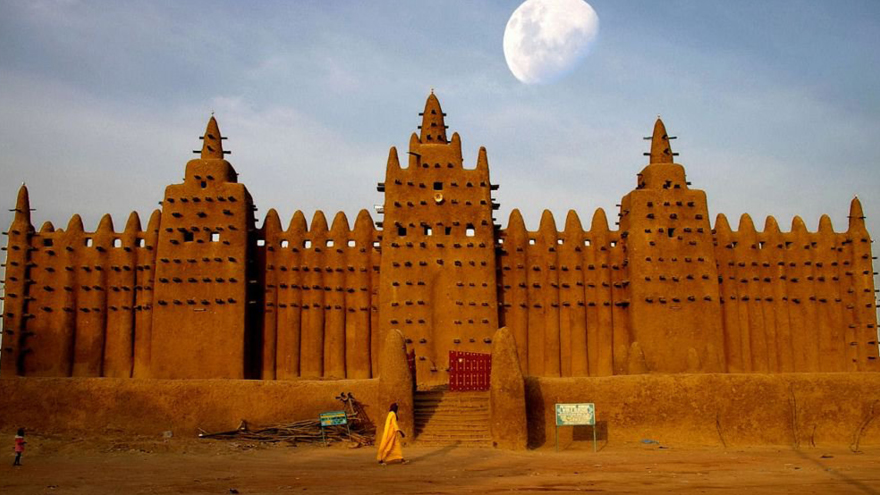
The self sufficient town of the short lived Kamei Castle near Hiroshima as it might have looked in 1610, pop. 500-1000. The castle, built in 1608, was ordered torn down in 1611. Beautifully painted by @mazegenta, one of the best painters of historical reconstructions in Japan. 

You can see the individual villas belonging to the higher ranking samurai families, complete with defensive walls, gates, guard posts. Like miniature castles themselves, but built in walls. Closer to the water are the homes of craftsmen, fishermen, merchants, farmers, etc. 

To the south over the highway is where the main defenses are located: fortified guard houses, town wall. To the north, over the road towards Hiroshima, is a smaller gatehouse, customs house, and probably an inn or two. 



The castle is gone but the town is still there, although not as neat as the old "jokamachi". If it had been maintained, and with mature trees, that main street with the samurai villas would have looked exactly like Kakunodate, in the north east of Japan. A miracle. 







• • •
Missing some Tweet in this thread? You can try to
force a refresh





